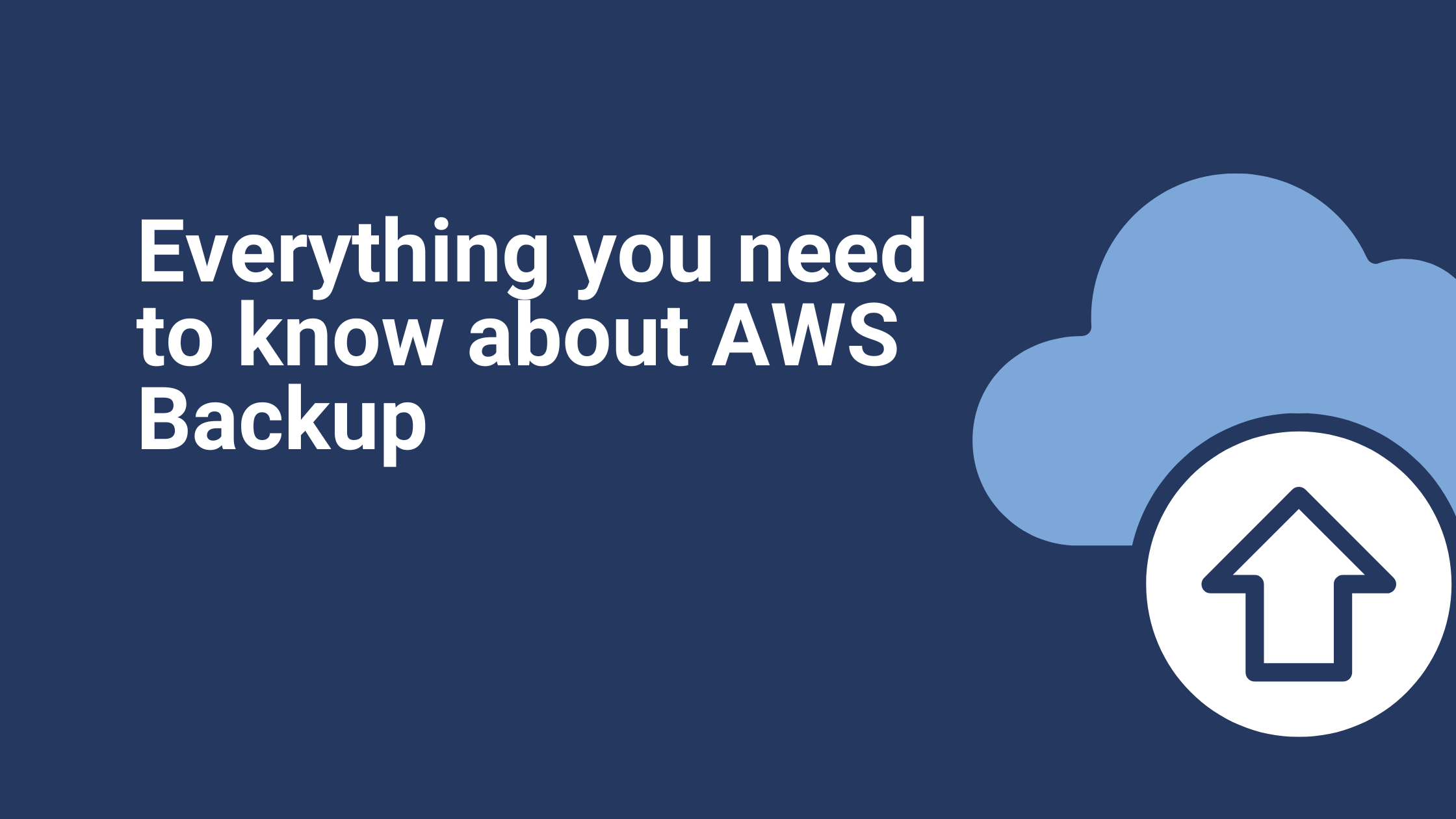Top 10 Cloud Security Best Practices
98Cloud security includes processes, controls, policies, and technologies that secure the cloud computing environment against cyber threats. Let’s look at the core set of best practices for cloud security that can guide a secure cloud infrastructure and mitigate risks.
1. Select a Reliable and Trusted Cloud Service Provider
Select a reliable cloud provider who offers in-built cloud security protocols and follows the highest levels of the industry-best practices. The mark of a trusted cloud provider is evident in the range of security compliance and certifications they hold.
Organizations can use various factors to assess the security capabilities of a potential provider. For example, evaluating their levels of compliance with various information compliance standards and different regulations, including HIPAA.
Cloud security is a collaborative process where both the providers and the customers must play their roles to ensure safety. For instance, a cloud provider should install timely patches to prevent attacks. Customers, on the other hand, should develop security policies by restricting access, sharing, and modification of cloud data.
2. Monitor and Prevent
Customers and Cloud service providers have different roles when securing cloud activities. They also share the responsibilities for monitoring and responding to suspicious cloud security problems.
The cloud service providers monitor the security of infrastructures they offer to cloud customers. On the other hand, the customer monitors the applications and the users accessing the cloud services. Information gleaned from this monitoring allows customers to implement additional measures for detecting attempts of unauthorized access.
They can also use the information to monitor unexpected behavioral changes of users and applications. It is also important to implement additional monitoring automation schemes such as autoscaling to provide users with around the clock access to resources as they need them. The end goal is to provide 100% visibility so that customers can quickly detect unusual occurrences and address them to prevent security problems.
3. Implement intrusion detection and prevention
Intrusion detection and prevention is the third most effective solution for cloud security. An organization must actively look for intrusion signs and configure alerts to detect, mitigate, and ultimately prevent unauthorized access.
Also, consider implementing artificially intelligent prevention and detection systems in the cloud. Artificial intelligence learns the behaviors of all user activities that access a particular cloud environment. For example, it builds knowledge of the types of data an employee uses frequently and the types of cloud resources the employee requests. Hence, whenever a new user performs unusual activities the system flags it as a malicious entity.
4. Implement Encryption
Use of cloud services exposes data and increases risk by sending the data back and forth between network and the cloud. To ensure that data remains secure when using cloud services we recommend that companies implement the highest levels of encryption for data both in transit and at rest.
5. Enforce Least Privileges
This cloud security best practice helps to deal with the users who try to access your cloud services. Begin with zero trusts; provide users access only to the data and services they need.
To reduce complicacy while enforcing policies, form well-defined groups with specific roles to consider access to selected resources. Add users directly to groups, instead of tailoring access for every user.
6. Define cloud usage role policies
Most organizations implement a corporate strategy for secure use of cloud accounts; it’s the right approach. However, users often do not adhere to the established strategies. It is incumbent upon the organization to monitor usage activities as another way to maintain cloud security. Monitoring provides a clear picture of the services, resources, and usage patterns of a particular individual. Users with suspicious cloud usage activities can be denied access to ensure they don’t introduce security risks to cloud data and applications.
7. Enable Strong Password Security
No matter what service you are using, a strong password security policy is always the best practice.
This policy is necessary to prevent unnecessary access. All passwords must need a lower-case letter, an upper-case letter, a symbol, a digit, and it should be of at least 14 characters. Make sure the users update their passwords every three months. This password policy will prevent users from creating easy passwords across many gadgets and protect against malicious attacks. Also, enforce multi-factor authentication as an extra layer of cloud security best practices.
8. Implement Multi-Factor Authentication
Apply additional verification procedures to other security practices such as password protection for a greatly strengthened cloud security posture. Multi-Factor Authentication protects against malicious users assuming the identity of the legitimate users. The authentication mechanisms require additional levels of proof that they have authorized access. Such methods can include a code sent to a trusted mobile number or the answer to a security question only known to the user.
9. Avoid compliance violations
While moving the workloads and applications into the cloud, companies run the risk of compliance violations. Many regulations require that organizations know exactly where the data is stored, who has access to it, how it is processed, and how it is protected. Some regulations also require that cloud providers hold specific compliance credentials. Organizations can be at risk of compliance violations if the proper steps are not taken to transfer data to the cloud or when deciding on a cloud services provider.
10. Regulatory compliance check
A cloud customer has a role to ensure full compliance with information security regulations. Although many businesses adhere to compliance regulations to avoid fines, the primary intent is to keep systems secure in the first place. Therefore, implementing the guidelines is an effective way to tackle security issues and remain compliant. A cloud provider that fully understands industry specific regulations such as HIPAA, PCI DSS and others will make the security and compliance task that much easier.
A secure cloud environment can help to scale the business. However, security should not come at the cost of user experience or operational efficiency. Ibexlabs is an AWS Level 1 MSSP partner that provides baseline security services and also specializes in other areas like AWS Well-Architected Review, CI/CD pipelines, infrastructure automation, and 24/7 support.









